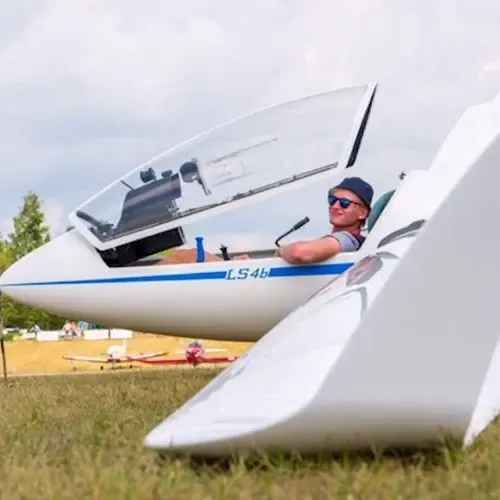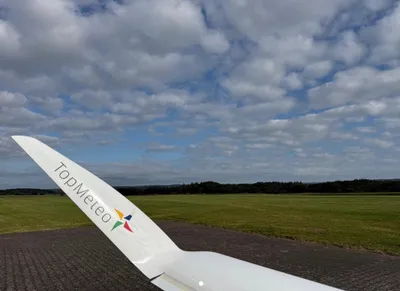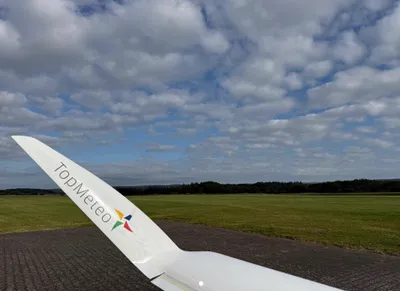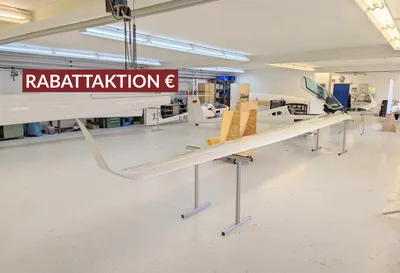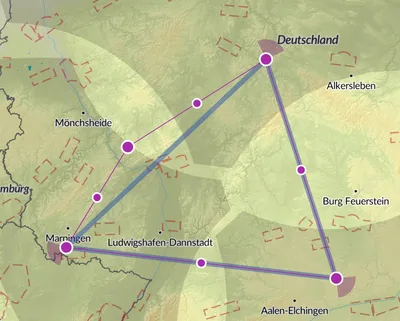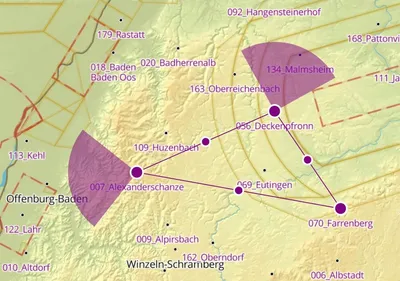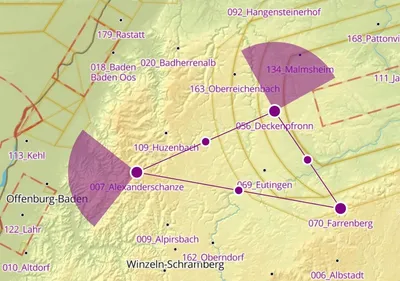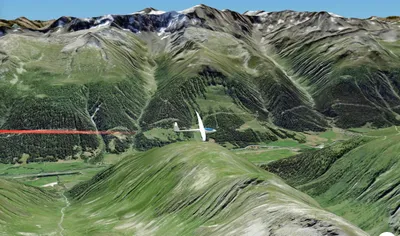The Trick to Flying Faster

Photos by Holger Leicht (Instagram: @ho.light)
When I started flying cross country, I was improving from flight to flight. The feedback loops were quite simple. I would make a mistake so big, that I would find myself somewhere in a paddock, with nice clouds developing over my head. Waiting for my retrieve, I had plenty of time to figure out exactly what had gone wrong. Every time I would push too hard, every time I would put all my bets on one cloud, I would notice.
Nowadays, there are still hundreds of small mistakes I make on every single one of my flights. But most often, these mistakes will not result in me landing in a paddock, each one just takes away a fraction of my precious cross-country speed.
No absolute truth
So how can I still improve from flight to flight? How can I even figure out where there is the most room for improvement? In gliding, there is no absolute truth that I can compare myself with. Different flying styles exist and different flying styles lead to success. Even worse, the right decision is not the decision that actually results in success, but rather the decision with the highest probability of success.
While competitions are a good way to compare yourself to others and get some good feedback, even winning the day does not tell you whether you have taken the right decisions. So today, I want to focus on how statistics can help you improve your flying.
Understand what you are doing
The first step is to get an understanding of your flying style. Data means nothing when it is out of context. Knowing about how your flying style compares to others gives you the ability to correct yourself while flying. Step by step, you can adjust in the right direction. You can try out small changes and see what works best for you.
It is very hard to tell if someone should fly more detours. But knowing that, on average, you fly fewer detours than other pilots can help you in flight. Imagine you need to decide whether to take a promising route a bit off course or whether to continue straight on. Maybe this time you will take the detour and will be stunned that it works surprisingly well.
Three surprising findings
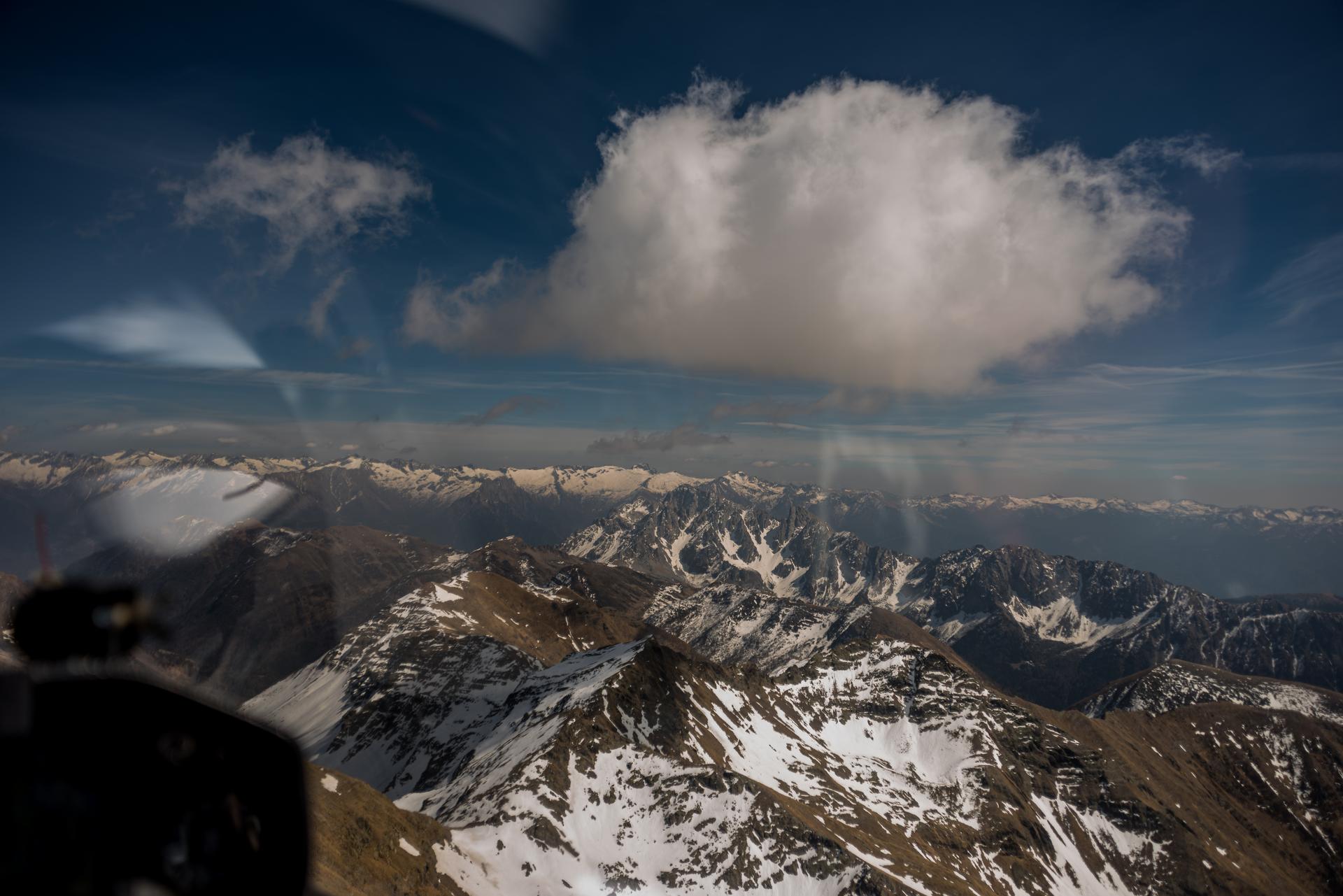
I always thought that I was flying significantly more detours than others. This affected my decision-making in flight. When facing a decision, I tried focussing on where I actually wanted to go instead of going too far of course. As it turns out, I was wrong.
I found out by analyzing multiple days of flying in Namibia with the Statistics List. We all had similar gliders and weather conditions, so the statistics are quite comparable. My detour on the 11th of November was 111%, meaning I covered 111% of my actual flight distance. Alex & Bernd Schmid who logged the fastest speed that day did 113% and there are quite a few pilots with even more detours.
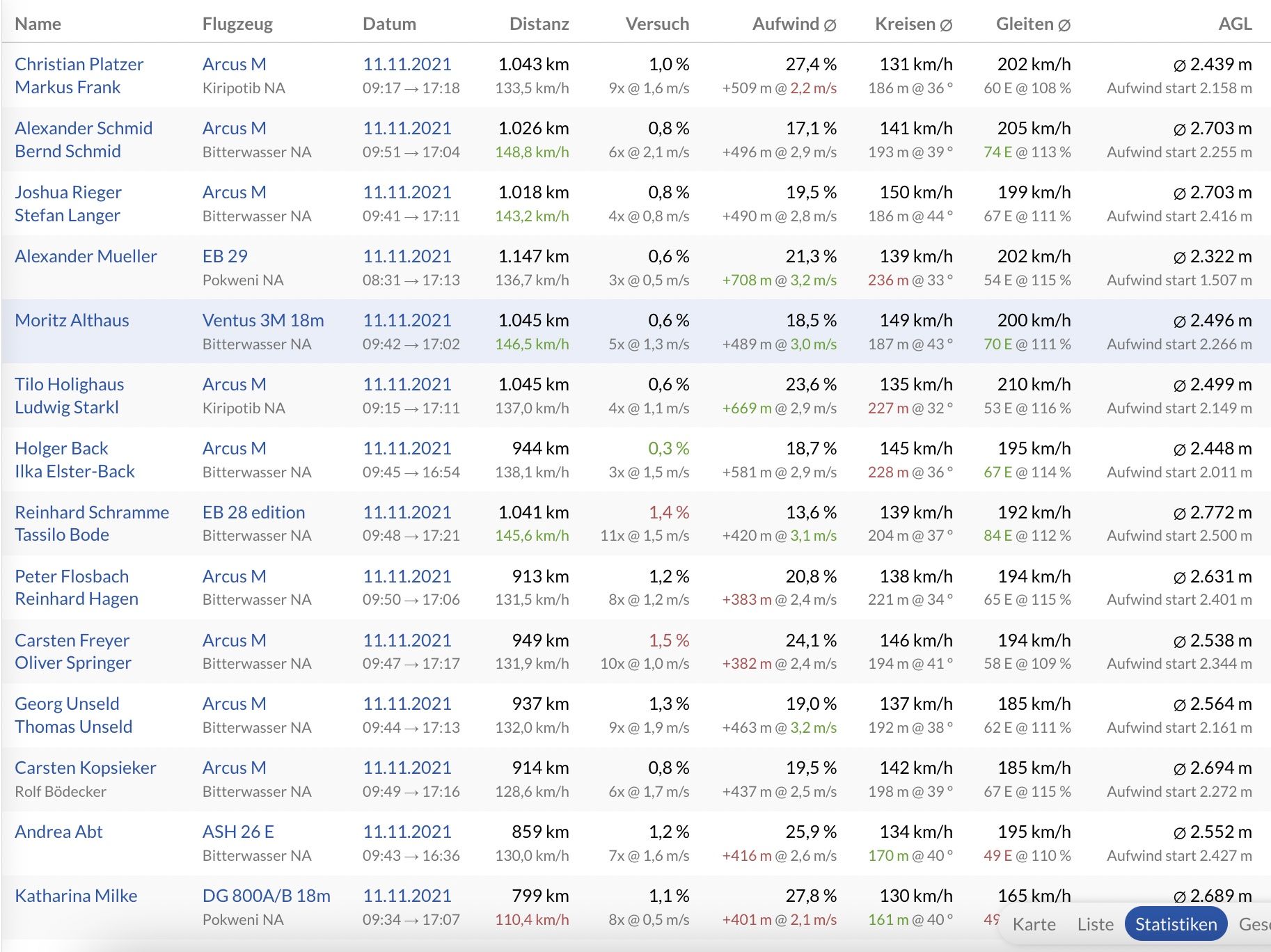
Finding number two
Joshua in the Arcus and me in the Ventus were circling significantly faster and steeper than all the other pilots. I remember my center of gravity being quite far forward that day. Our climb rates were not worse than those of other pilots, so there is no direct takeaway. But having this information helps me get a better understanding of what I am doing.
Finding number three
As you can see in the list, my average altitude was around 200m less than those of the other flights that launched around 09:40 (the time of launch is important as the basis is usually quite low in the morning). This affects my true airspeed, I lost around one percent (two km/h) of speed due to the higher air density while cruising. Also, being lower gave me fewer options when choosing thermals and increased my stress level.
My next flights
So what can I do with that information? By now, I have a good understanding of how my style compares to others. This is also based on other days (even in Europe) that I have analyzed. The next step is to figure out what things I could try changing. For my next flights I will try to:
- Choose to rather take a detour if it feels right
- Try to thermal a bit slower
- Focus on staying higher for longer parts of the flight by
- trying to increase my L/D when high
- flying a bit slower when high
- accepting weaker thermals if bad conditions are ahead
Feedback loops
After my next couple of flights, I will go back to the Statistics List. I have taken some assumptions about what I can change and how this could improve my cross-country speed. I am very excited to have a look at future data to see if this has any effect.
What are your areas for improvement? Do you need a lot of thermal attempts to center good thermals or do you circle very wide?
Find out now. You can try out the Statistics List and a lot of other new features for free here.
